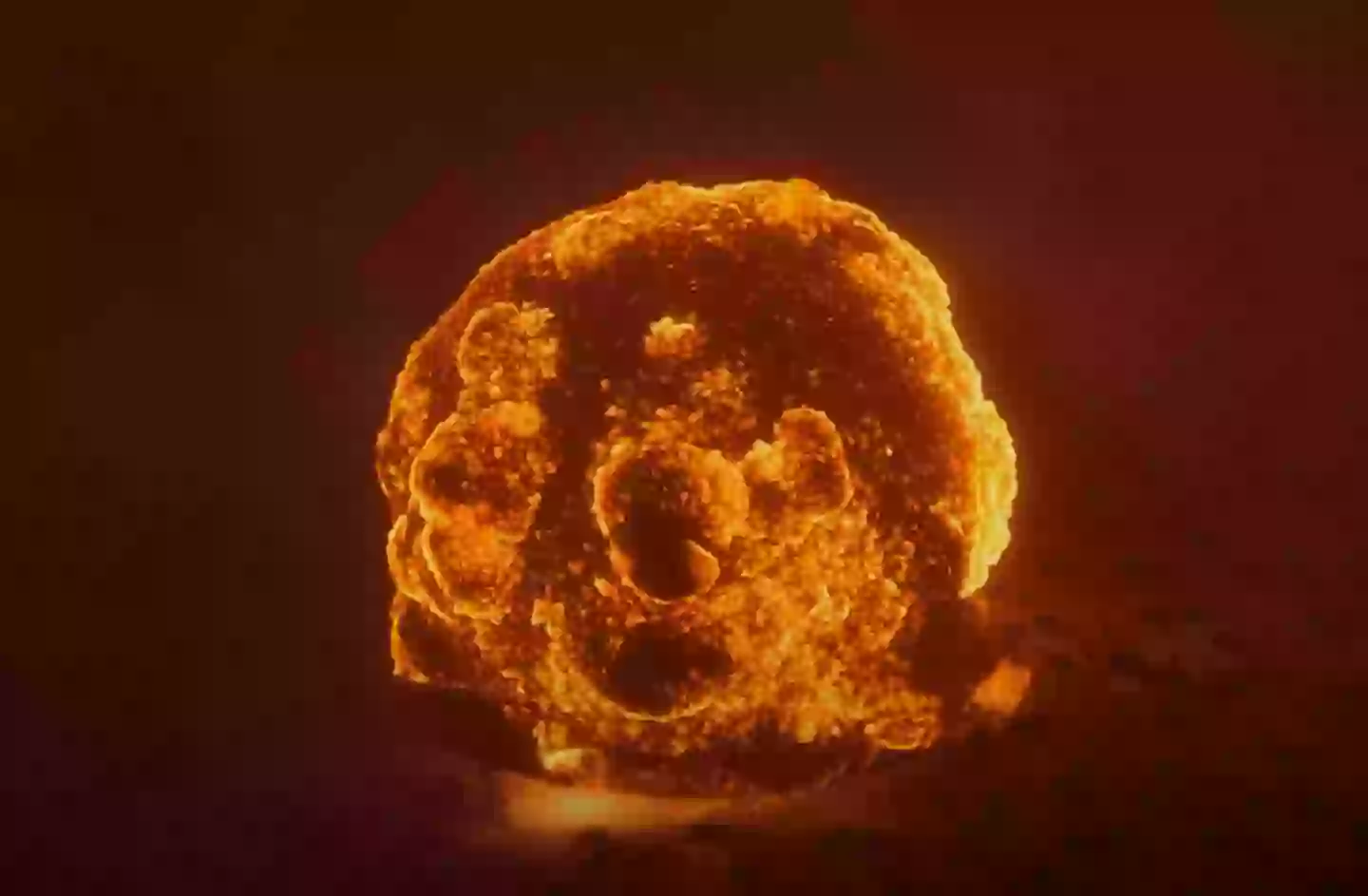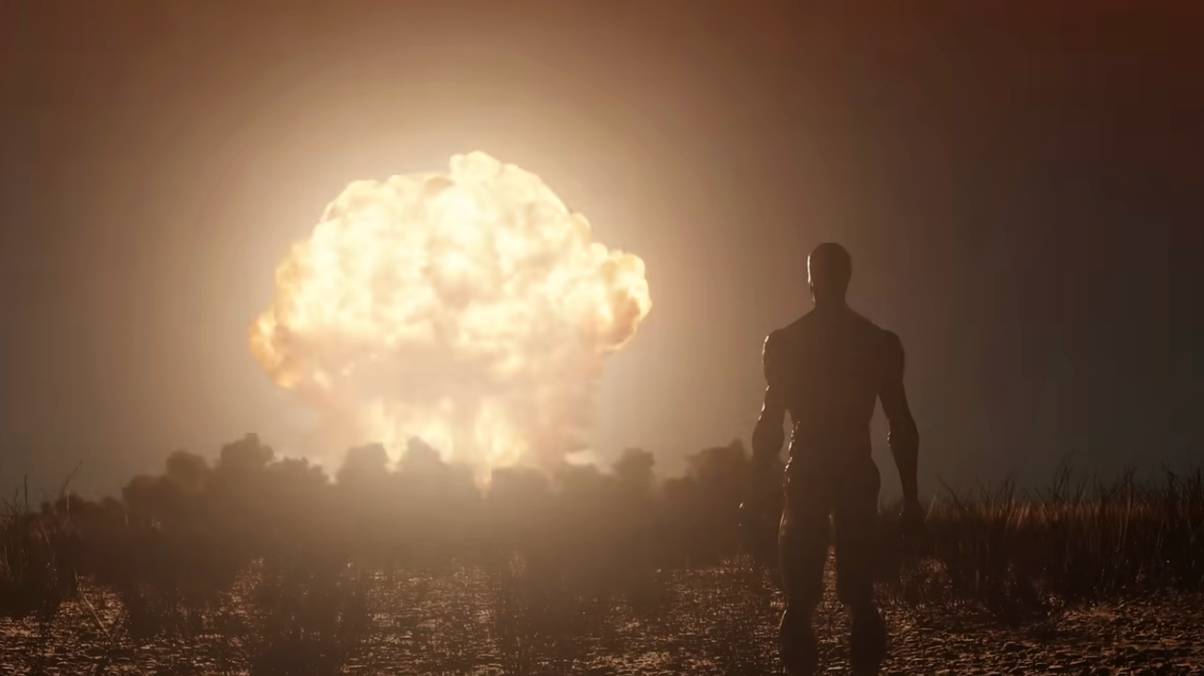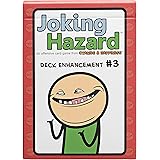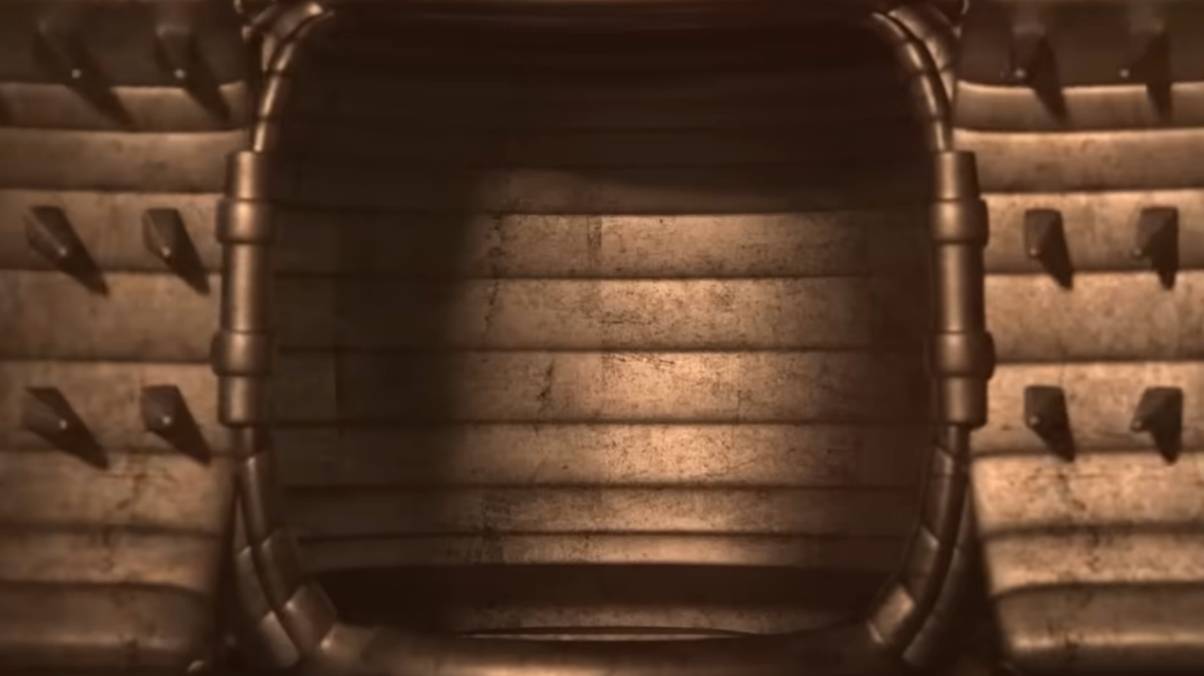The Terrifying Truth: What Happens to Your Body Two Miles from a Nuclear Blast Exposed
Imagine having a front-row seat to one of the most terrifying light shows in history—a nuclear bomb exploding just yards away. Since the United States unleashed atomic devastation on Hiroshima and Nagasaki, the shadow of nuclear apocalypse has lingered like an unwanted guest at every global gathering. Now, with tensions simmering anew thanks to conflicts from Ukraine to the Middle East, it’s hard not to wonder: if someone actually pressed that big red button, what would happen to the human body caught in the blast? Spoiler alert—it’s not pretty. Thanks to a chillingly detailed simulation by Atomic Marvel, we get a grim backstage pass into this horrific scenario, where our unfortunate test subject, cheekily dubbed Mr Muscle, faces everything from burnt retinas to total vaporization. So buckle up—because the best place to be in a nuclear event? Somewhere else on this spinning rock. Curious to see the full terrifying play-by-play? LEARN MORE.
An unsettling simulation has revealed what would happen if you had a front row seat to watch a nuclear bomb.
Ever since the United States dropped two atom bombs on the cities of Hiroshima and Nagasaki, the spectre of a nuclear apocalypse has hung over humanity like a dead weight.
As fears of a global war begin to heat up once again (did it ever really go away) thanks to the ongoing Russian invasion of Ukraine and tensions between Israel, the US and Iran, so does speculation about what would actually happen if a country were to press the big red button.
We’ve seen countless simulations about what different types of nuclear strikes would do to the biggest cities on the planet, but what would a nuclear bomb do to the human body?

It’s a scenario none of us want to think about (Youtube / Atomic Marvel)
Well, thanks to one pretty grim simulation, you don’t have to wonder anymore.
Shared on YouTube by Atomic Marvel, the simulation uses the 1945 Trinity test as an example and stations a person at different distances from the explosion.
The man (we’ll call him Mr Muscle, due to his distinct lack of skin) is then subjected to numerous nuclear explosions, with the impact on his body then revealed.
What would a nuclear bomb do to the human body?
The furthest point from ground zero in this simulation is 1.27km (0.8 miles) to 3.27km (2 miles) away.
Excluding the long-term health impact of being so close to a nuclear detonation, a person stood at this distance would be at risk of second degree burns and burnt retinas, rendering them blind.
Temporary, or even permanent, hearing loss could also be experienced.
According to a report by the Preventative Defense Project, if a ten kiloton nuclear bomb was dropped on Washington, D.C., 50 percent of the population within two miles would suffer major injuries or die from the blast, burns and radiation.

Injuries include everything from extensive burns to ruptured insides (Youtube/Atomic Marvel)
Move a little closer to the explosion, 600m (2,000ft) and 1.27km (0.8 miles), and you’d be at risk of third degree burns, ruptured eardrums and concussion. The shockwave would also knock a person instantly off their feet.
Unfortunately for our poor test subject, the hypothetical scenario then requires him to move within 350m (1150ft) and 600m (2,000ft) of ground zero.
For anyone in this zone, the impact would be fatal as they’re subjected to fourth degree burns, ruptured internal organs, several haemorrhages and collapsed lungs.
A shockwave would also blast anyone, and anything, backwards by 500mph.
Any closer than that and our skinless test subject finds themself in close proximity to the fireball, which is between 200m (650ft) and 350m (1150ft) away.
There’s a slight relief for anyone stood this close, as you’d be instantly incinerated before what remains of your body is dismembered by the blast wave.
Finally we reach ground zero, or the inside the fireball where poor Mr Muscle finds himself instantly vaporised, or as one commenter puts it, turning from biology into physics.
And there lies the main takeaway of the simulation; the best place to be in the event of a nuclear explosion is on the other side of the planet. Failing that, then you want the bomb to hit you on the head as the longterm injuries of radiation poisoning is far worse than being vaporised.



















